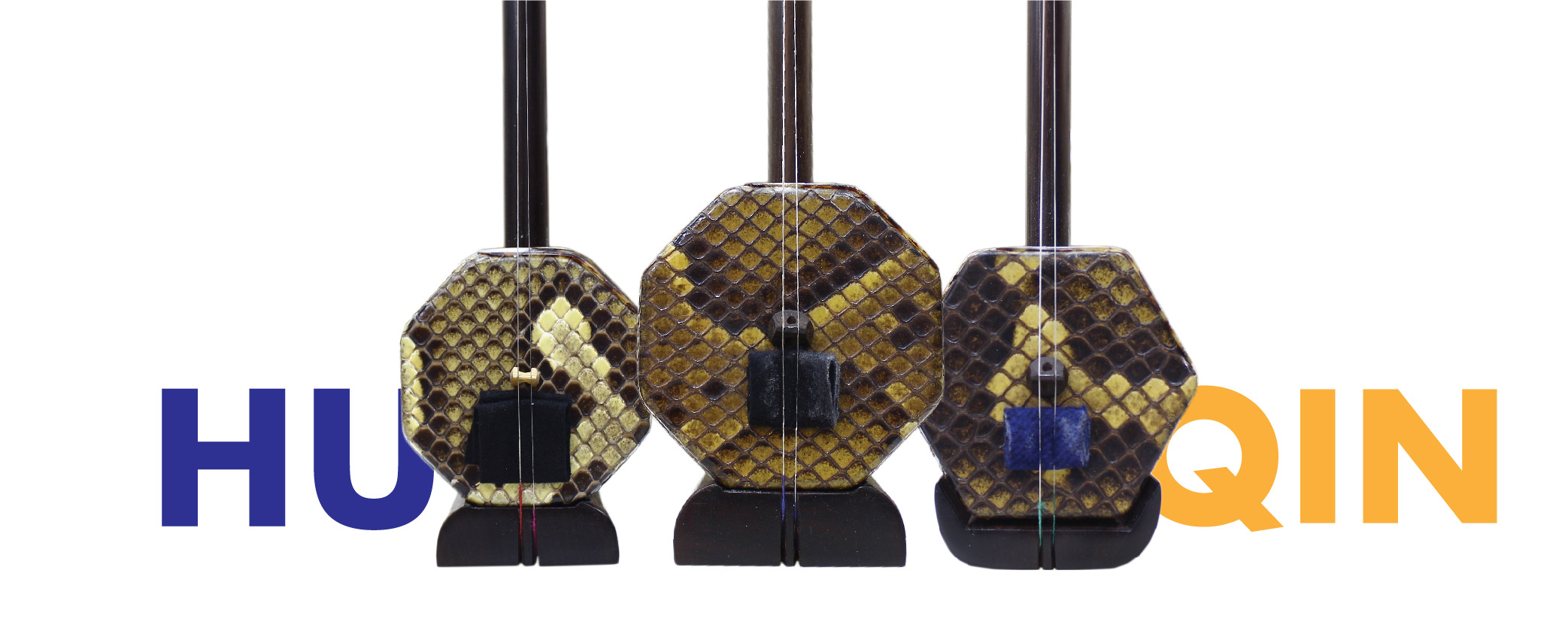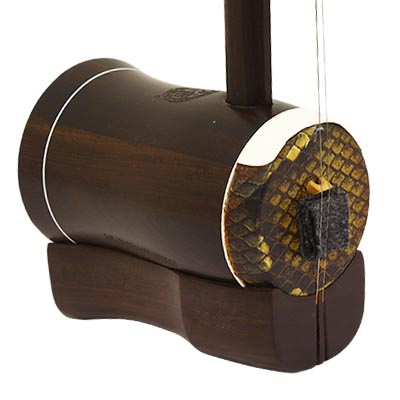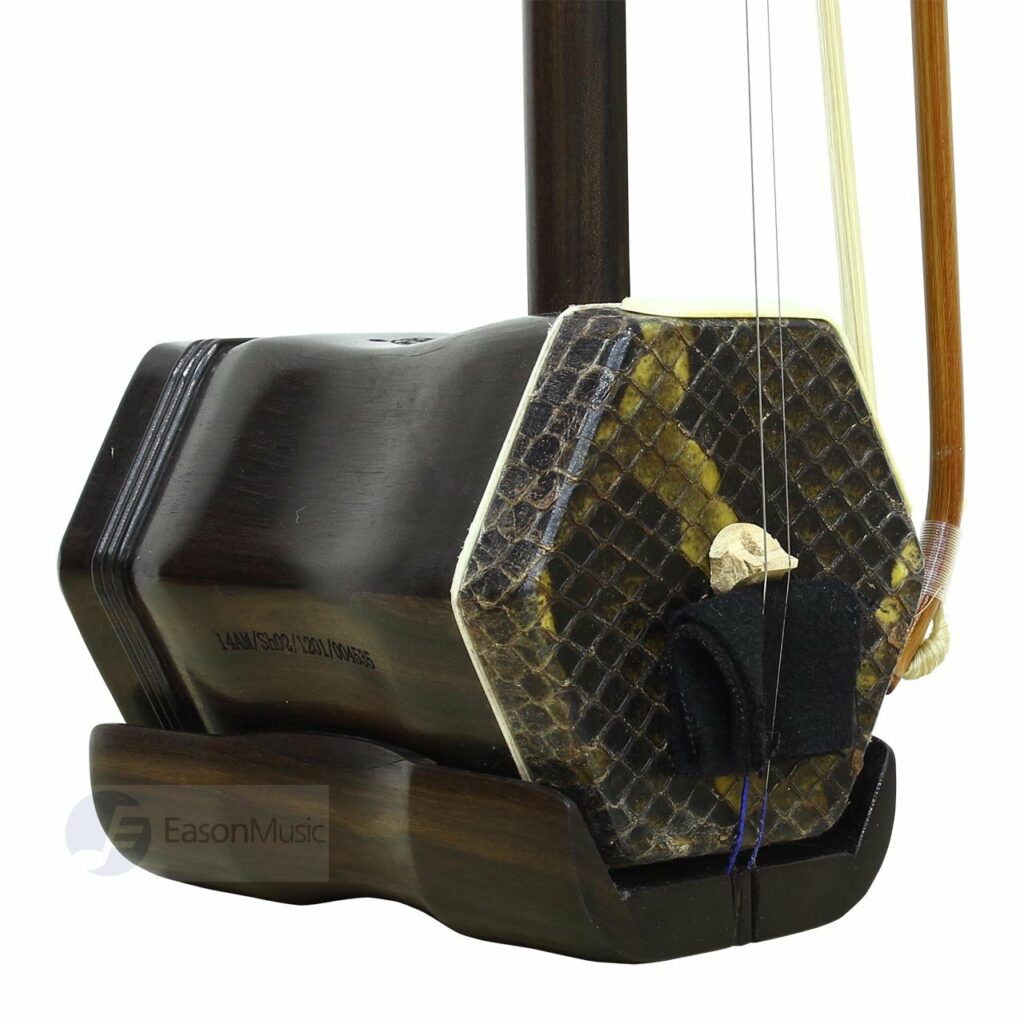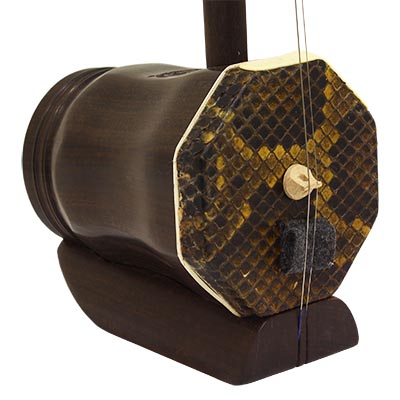
Huqin - Chinese String Instrument (Bowed)
The Chinese string instrument (bowed) is also known generically as Huqin. The direct translation of Huqin is ‘barbarian fiddle’ but he truth is far from it. It is often called the Chinese violin and is seemingly more versatile than the western violin. Without a fret board like the western violin, it allows for more dramatic expression and can produce feels of weeping or wailing.
The standard Huqins found in modern Chinese orchestras are the erhu, gaohu and zhonghu. Sometimes, depending on the tunes being played, Huqins like banhu, jinghu, yehu would find their way into the orchestra. There are more than 36 types of Huqins in Chinese culture.
Huqins are played using a bow made of horse hair and the bow is lodge between the 2 strings of the instrument. Yes they usually only have 2 strings.
Huqins are one of the main foundations in Chinese orchestras. Similar to the western orchestras, the Huqin section correspond to the violins and violas in a symphonic orchestra.
The resonator box of a Huqin is usually made of wood and python skin. Python skin is used because of its tremendous elasticity. Pythons are listed as a protected species under the Convention on International Trade in Endangered Species of Wild Fauna and Flora (CITES) - which means your Huqin will be confiscated by your customs if you do not have a CITES certificate that proves that the python skin on your Huqin is from legitimate sources.
Fortunately, we are able to provide CITES certificate for all the Huqins that we sell, so if you are looking for one, click here for our webstore.
To learn more about the different types of Huqin, click on the Huqins below:




